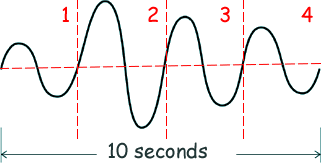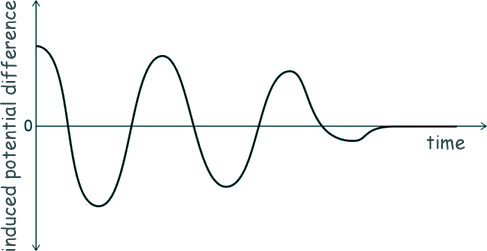GCSE Questions - Geophysics Q7. P-waves and S-waves are two types of seismic wave caused by earthquakes. (a) Which one of the statements about P-waves and S-waves is correct? Tick one box.
[1 mark] (b) Seismometers on the Earth's surface record the vibrations caused by seismic waves. The diagram shows the vibration recorded by a seismometer for one P-wave.
[4 marks]
[1 mark]
[3 marks] (c) Explain why the study of seismic waves provides evidence for the structure of the Earth's core. S-waves cannot travel through a liquid
[2 marks] The diagram shows a simple seismometer made by a student.
To test that the seismometer works, the student pushes the bar magnet into the coil and then releases the bar magnet. (a) Why does the movement of the bar magnet induce a potential difference across the coil? The generator effect [2 marks] (b) Why is the induced potential difference across the coil alternating? It is alternating because the magnet changes direction as it oscillates [1 mark] (c) The sketch graph shows how the potential difference induced across the coil varies after the bar magnet has been released.
Which statement in the table below describes the movement of the magnet when the induced potential difference is zero? Tick one box.
[1 mark]
Any two from:
[2 marks] (Total 17 marks) |
Follow me...
|








